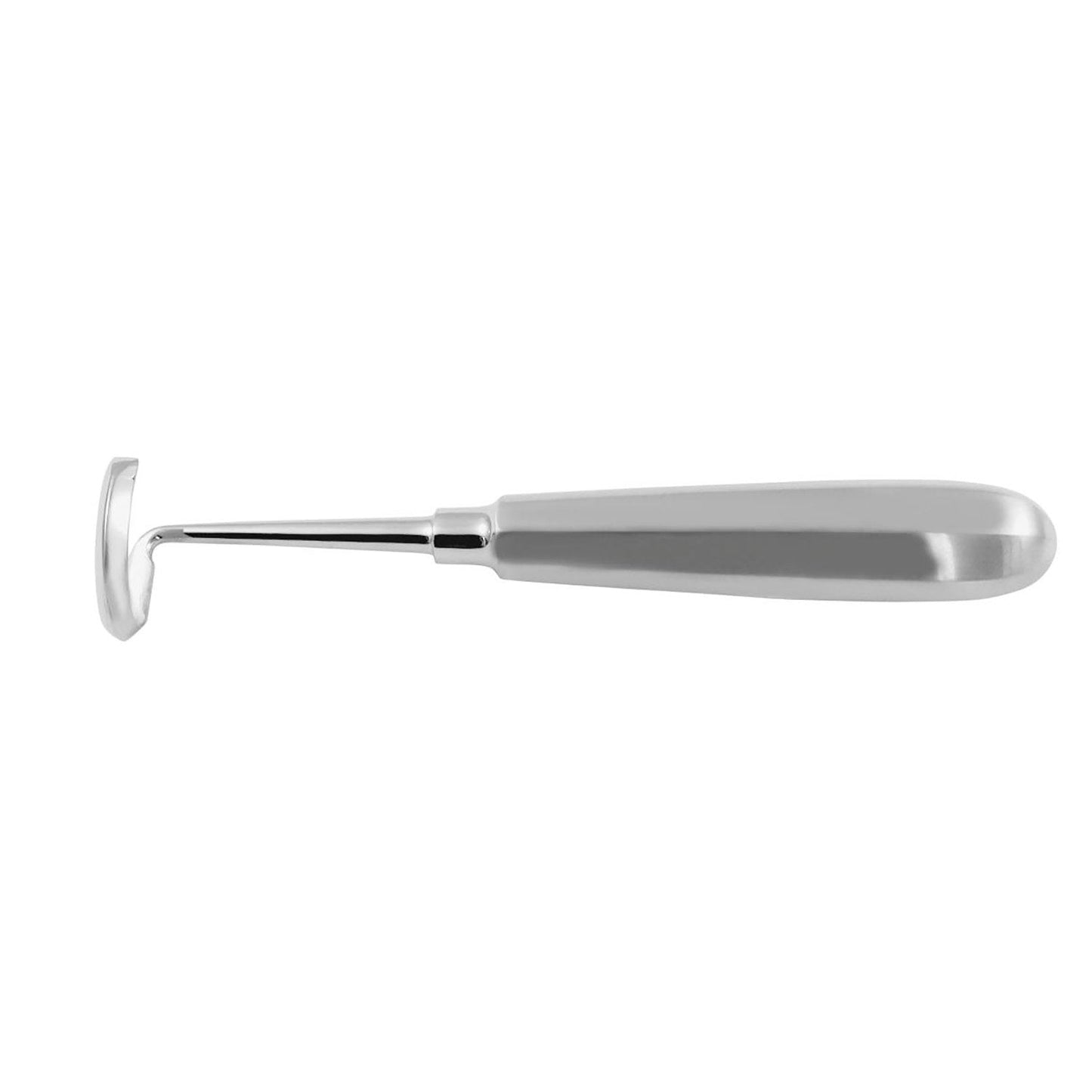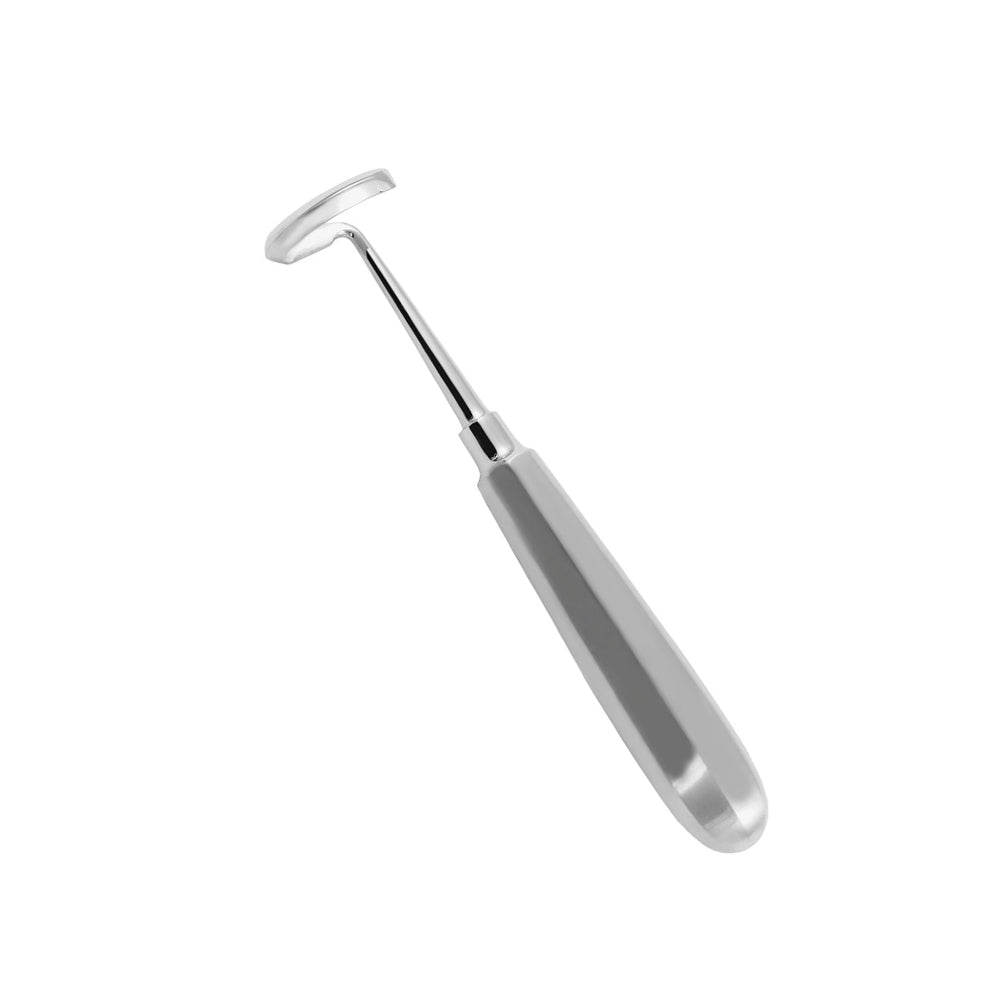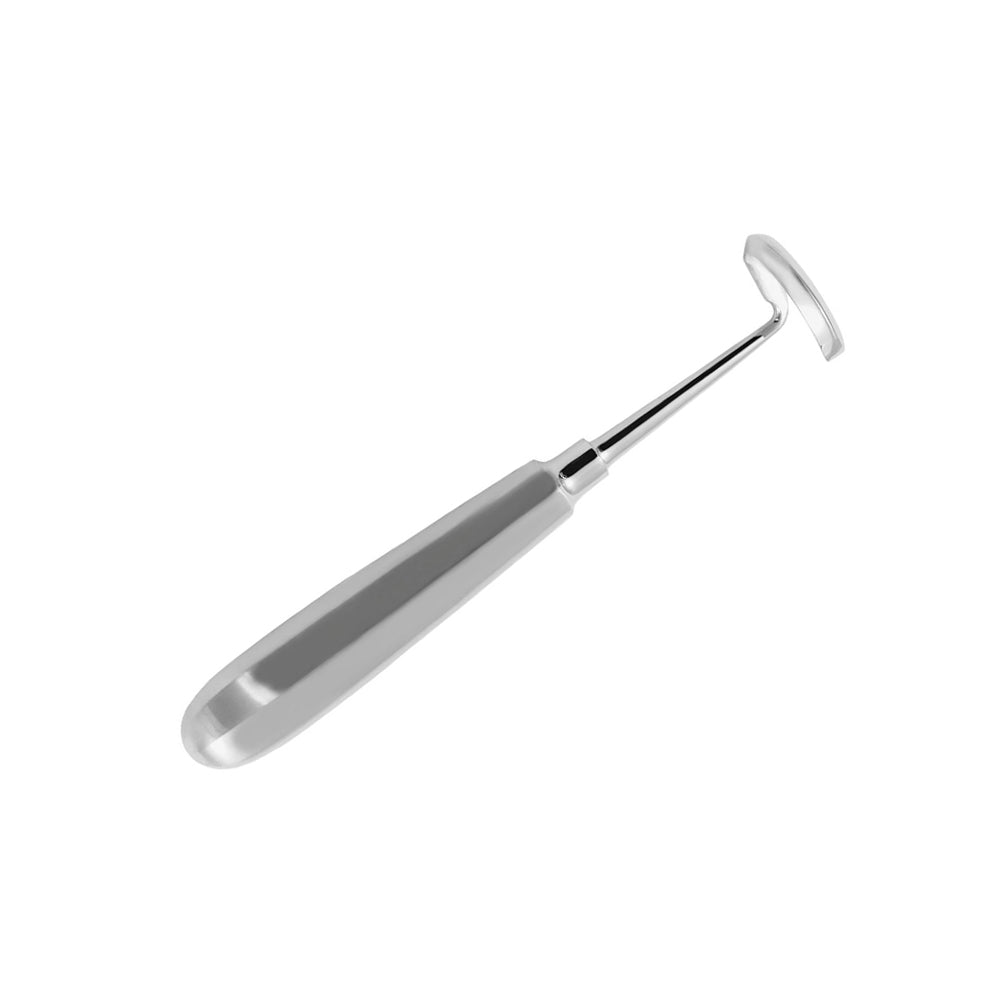


Doyen Costal Elevators: Essential Tools for Thoracic and Rib Exposure Surgery
When it comes to thoracic surgery, especially procedures that require access to the rib cage or underlying organs, precision and control are critical. Doyen Costal Elevators are specifically designed to provide both. These surgical instruments play a key role in exposing the ribs and surrounding structures by gently elevating or lifting the costal margins and intercostal spaces. Used extensively in thoracic, cardiothoracic, and orthopedic surgeries, Doyen Costal Elevators are prized for their ergonomic design, versatility, and the control they give to the surgeon in high-stakes procedures.
In this article, we’ll explore everything you need to know about Doyen Costal Elevators—from their design features and clinical applications to their benefits and best practices in use.
What Are Doyen Costal Elevators?
Doyen Costal Elevators are surgical instruments designed to lift or elevate ribs and costal cartilage, making way for access to internal organs such as the lungs, heart, and diaphragm. These elevators are most commonly used during thoracotomy, rib resection, and chest wall reconstruction procedures. Their primary function is to aid in the safe and effective separation of ribs without causing damage to surrounding tissues.
The standard features of a Doyen Costal Elevator include:
-
A broad, flat, curved blade that can slide under ribs or tissue.
-
A long, sturdy handle for leverage and stability during lifting.
-
A blunt tip to reduce the risk of puncturing soft tissue or organs.
Made of surgical-grade stainless steel, these instruments are reusable, easy to sterilize, and designed to maintain performance through repeated use.
Design Features That Enhance Surgical Performance
The success of a rib exposure procedure greatly depends on the tools used. Doyen Costal Elevators are known for their thoughtful and surgical-friendly design:
-
Curved Blade Design: The gentle curve of the blade conforms to the natural anatomy of the ribcage, allowing for easier insertion and lifting.
-
Blunt Edges: Prevent unintentional trauma to soft tissues, pleura, or vascular structures.
-
Textured Handle: Offers a firm, non-slip grip, even in fluid-heavy surgical fields.
-
Balanced Weight Distribution: Minimizes surgeon fatigue and allows for steady hand control during prolonged procedures.
These features make Doyen Costal Elevators an instrument of choice for thoracic specialists around the world.
Primary Surgical Applications of Doyen Costal Elevators
Doyen Costal Elevators are widely used in multiple surgical specialties for various procedures involving rib access:
-
Thoracic Surgery
-
Used to elevate the ribs to provide access for lobectomy, pneumonectomy, or other lung surgeries.
-
Commonly assists with open thoracotomy or minimally invasive rib-spreading techniques.
-
-
Cardiothoracic Surgery
-
Helps create access to the pericardium or heart in open-heart procedures.
-
Used in conjunction with rib retractors and spreaders for enhanced visualization.
-
-
Orthopedic and Trauma Surgery
-
Useful in chest wall stabilization, rib plating, or reconstructive procedures after rib fractures.
-
Helps access spinal structures through lateral or anterior approaches.
-
-
Pediatric Surgery
-
Modified or smaller versions may be used in thoracic access for children with congenital deformities.
-
Their adaptability makes them valuable in a wide range of surgical procedures.
Advantages of Using Doyen Costal Elevators
These instruments provide a number of benefits to the surgical team and the patient:
-
Minimal Tissue Trauma: Designed for smooth tissue separation without damaging intercostal muscles or vessels.
-
Ergonomic Handling: Enables precise, fatigue-free manipulation for long-duration surgeries.
-
Improved Visualization: Lifts the ribcage just enough to enhance access without over-stretching or tearing tissues.
-
Multi-Disciplinary Use: Effective across thoracic, cardiac, orthopedic, and even reconstructive surgery disciplines.
-
Durability and Cost-Efficiency: Made from high-quality stainless steel, they offer long-term reliability and reduced replacement costs.
These advantages lead to better outcomes, reduced surgical times, and greater surgeon confidence.
Best Practices for Clinical Use
To ensure optimal performance and patient safety, here are a few best practices for using Doyen Costal Elevators:
-
Choose the Correct Size: Depending on the patient’s anatomy and the depth of the surgical site, select an appropriately sized elevator.
-
Use in Conjunction: Pair with rib spreaders or retractors for better control and visualization.
-
Ensure Proper Sterilization: Clean and autoclave after each use to maintain hygiene and sharpness.
-
Train Surgical Teams: Ensure that all team members are familiar with proper handling techniques.
-
Inspect Regularly: Check for wear, warping, or dullness, and replace if necessary to avoid intraoperative issues.
Following these steps ensures consistent results and prolonged instrument life.
Conclusion
Doyen Costal Elevators are indispensable tools in surgeries involving the rib cage and thoracic cavity. Designed for maximum control, minimal trauma, and surgical efficiency, these elevators empower surgeons to perform complex procedures with confidence. Whether it’s a lung resection, rib plating, or cardiac exposure, Doyen Costal Elevators provide the precision and reliability needed in modern surgical practice.




 For Bulk Order Whatsapp US
For Bulk Order Whatsapp US